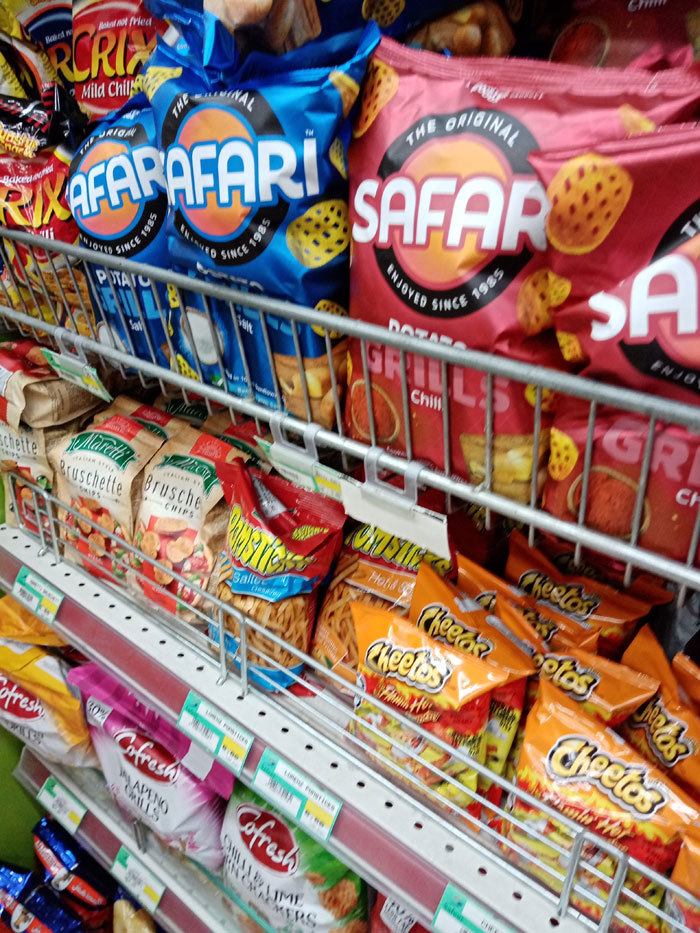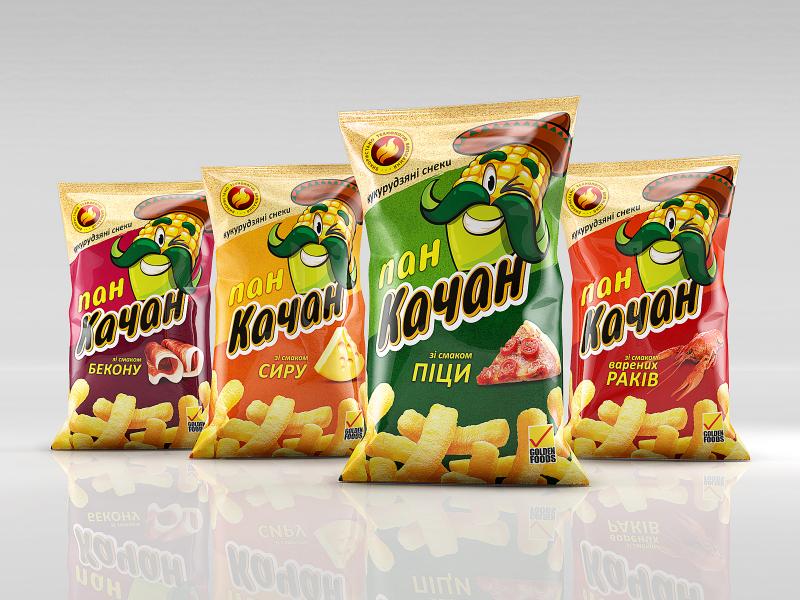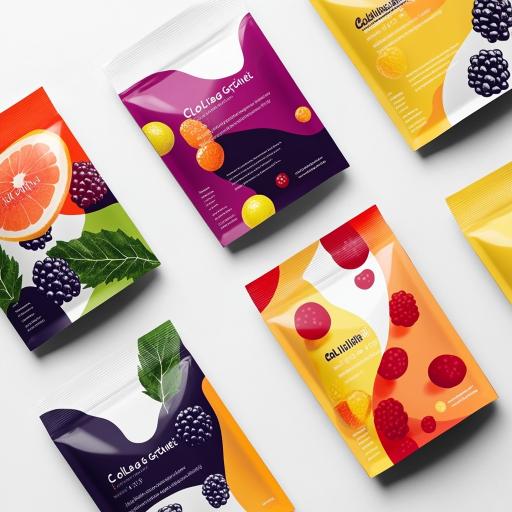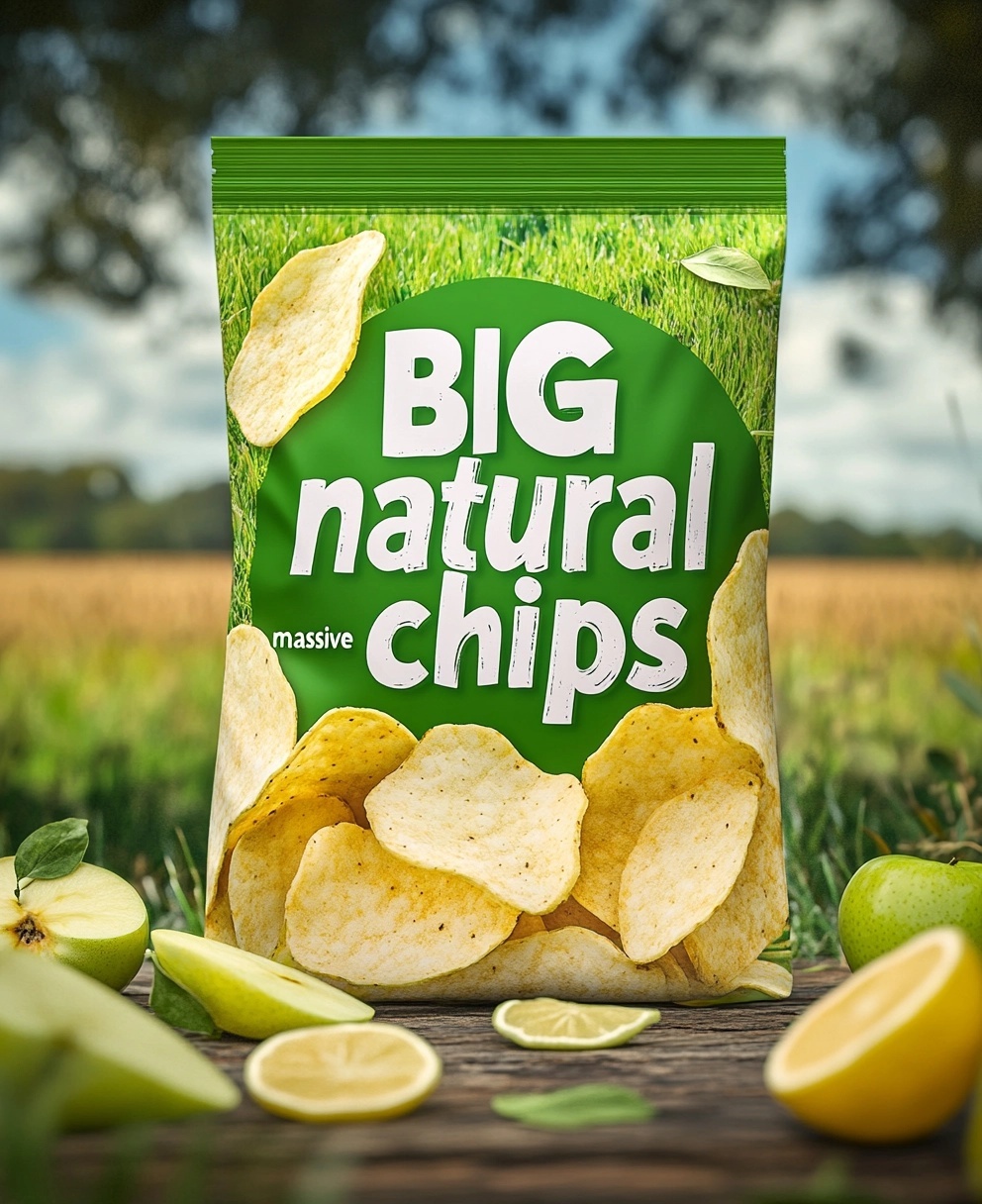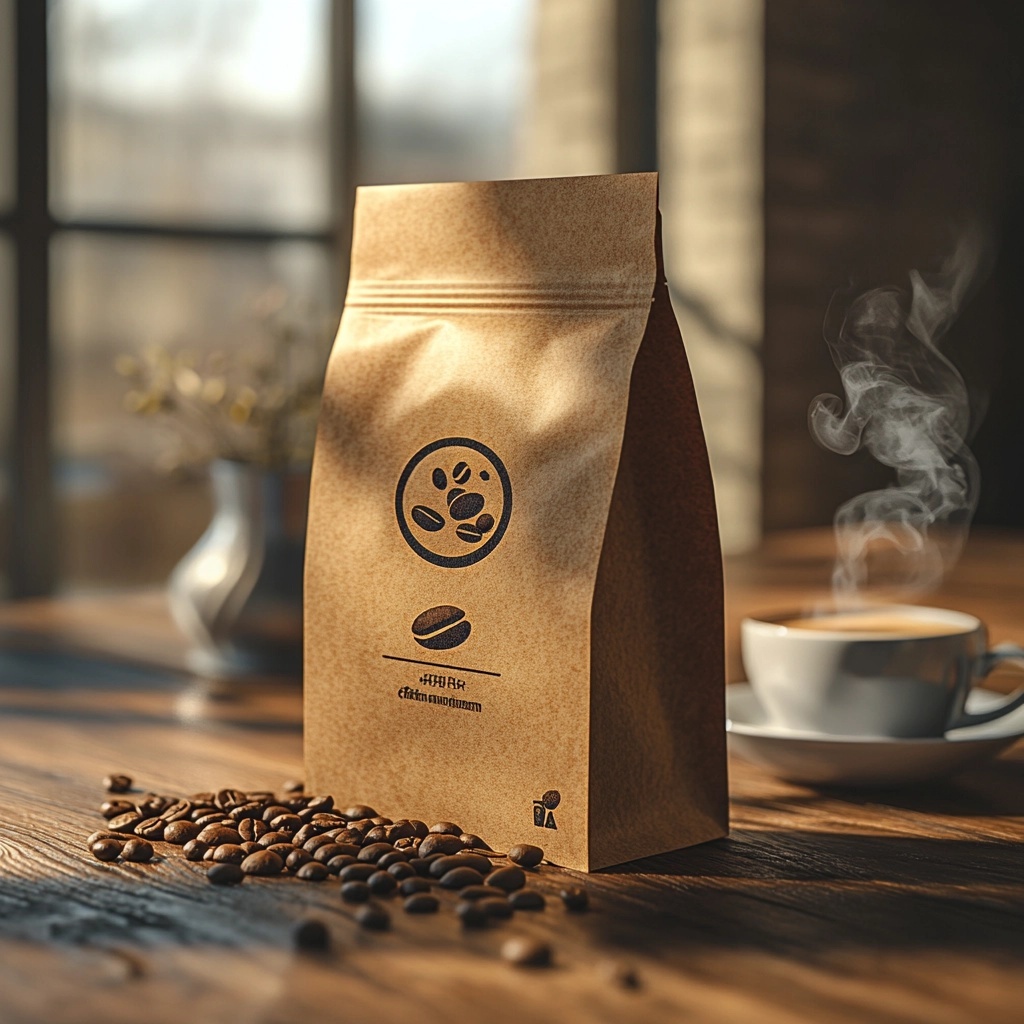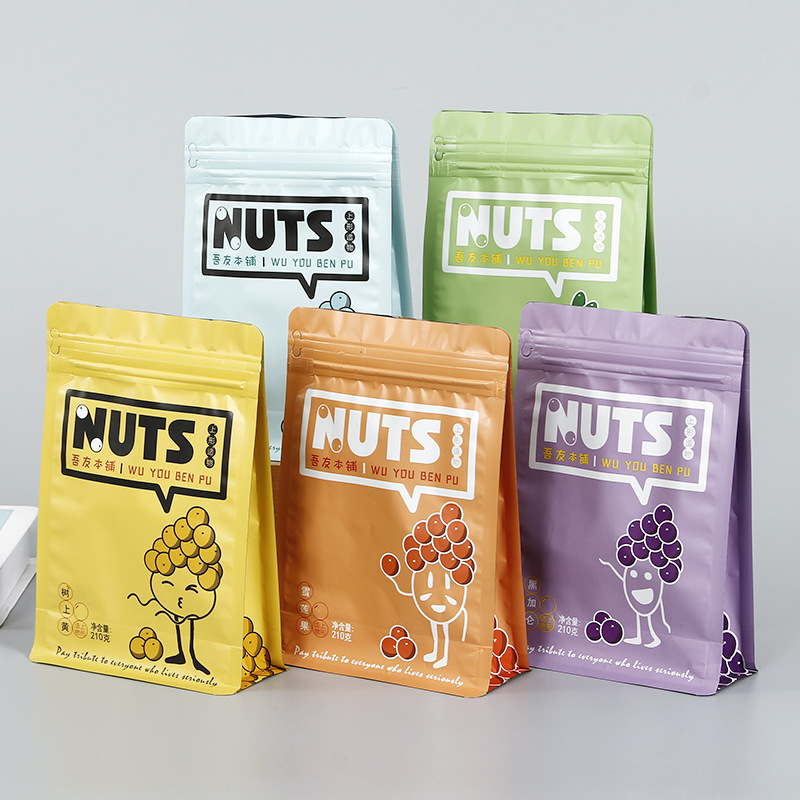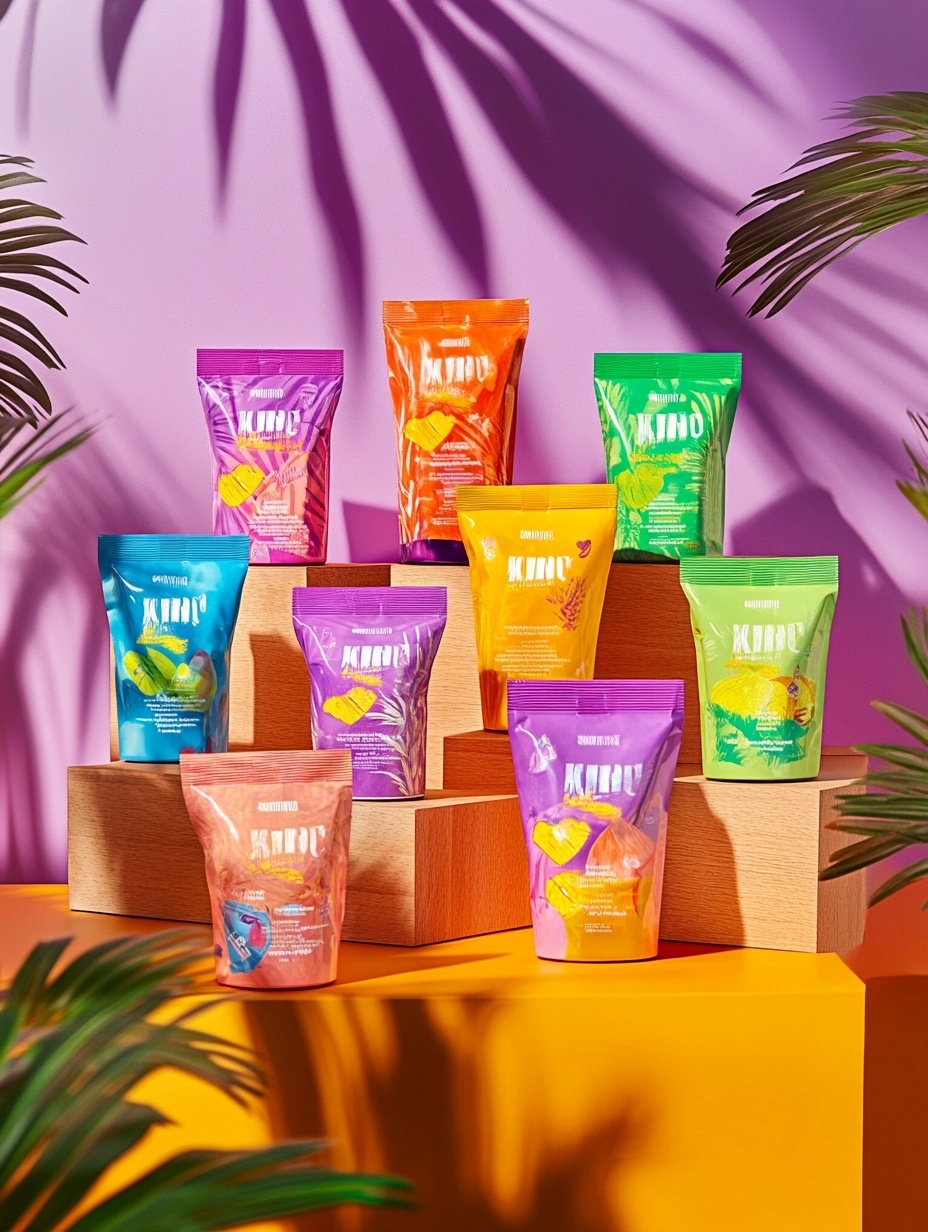Struggling to find the perfect pouch for your food product? The wrong choice affects shelf life1, branding, and costs. Let me guide you through selecting the ideal food packaging pouch2 type for your business.
Choosing the right food packaging pouch involves considering your product’s needs (like barrier properties3 and shelf life), your brand identity (think printing and shape), and practical factors like your budget and filling process. Prioritize protection, appeal, and functionality for the best outcome.
Selecting the right pouch is crucial, but it can feel overwhelming with so many options available. Don’t worry, understanding the main categories and key factors will make this process much simpler for you. Let’s break down the common types and discuss how to pick the best fit for your specific needs. Knowing this information helps you make a smart decision for your brand’s success.
What are the 4 main types of food packaging materials?
Confused by all the food packaging material terms you hear? Using the wrong material can seriously compromise your product’s safety and freshness. Let’s clarify the main material types we frequently use here at Guoshengli Packaging for flexible pouches.
While packaging takes many forms, flexible food packaging often relies on plastics (like PE, PET, BOPP), aluminum foil for high barriers, paper for a natural look, and increasingly, compostable or recyclable bio-plastics for sustainable options demanded by consumers.
When we talk about flexible packaging like pouches and rollstock film, the materials used are absolutely critical. They form the foundation of the pouch’s performance. At Guoshengli Packaging, we work with several key material types, often combining them in layers (lamination) to achieve the desired properties:
Plastics: These are the workhorses of flexible packaging.
- PET (Polyethylene Terephthalate): Provides strength, stiffness, temperature resistance, and excellent clarity. It’s also a good surface for printing.
- PE (Polyethylene): Often used as the sealant layer (the innermost layer that seals together). It’s flexible, provides a moisture barrier, and comes in different densities (LDPE, HDPE).
- BOPP (Biaxially Oriented Polypropylene): Known for its excellent clarity, stiffness, and printability. Often used as the outer print layer.
- CPP (Cast Polypropylene): Offers good clarity and heat sealability, often used as a sealant layer alternative to PE.
Aluminum Foil (AL): This provides the best barrier against oxygen, moisture, and light. It’s essential for products needing the longest shelf life or maximum protection from degradation, like sensitive powders or some medical products.
Paper: Kraft paper (brown or white) offers a natural, eco-friendly look. It’s rarely used alone for food due to its lack of barrier properties. We typically laminate it with plastic layers or foil to provide the necessary protection and sealability.
Specialty & Sustainable Materials:
- Metallized PET/BOPP (VMPET/VMCPP): A thin layer of aluminum vapor deposited onto a plastic film. It offers improved barrier properties compared to plain plastic (though less than foil) and provides a metallic look at a lower cost than foil.
- EVOH (Ethylene Vinyl Alcohol): A plastic layer providing an excellent oxygen barrier, often sandwiched between other plastics like PE or PP.
- Sustainable Options: We are increasingly working with options like Post-Consumer Recycled (PCR) plastics, bio-based plastics (like PLA derived from corn starch), and fully recyclable structures (like mono-material PE pouches) to meet market demands and regulations in North America and Europe.
Here’s a simple comparison:
| Material | Key Property | Common Use Layer | Barrier (Typical) |
|---|---|---|---|
| PET | Strength, Clarity | Outer (Print) | Poor |
| PE | Sealing, Moisture | Inner (Sealant) | Moderate Moisture |
| BOPP | Clarity, Print | Outer (Print) | Moderate Moisture |
| Aluminum Foil | Best Barrier | Middle | Excellent O2/H2O |
| Metallized Film | Good Barrier/Look | Middle or Outer | Good O2/H2O |
| Paper | Natural Look | Outer | Poor (needs lam) |
| EVOH | Oxygen Barrier | Middle | Excellent O2 |
Understanding these materials helps you specify what your product truly needs for protection.
How do I choose the right food packaging pouch for my product?
Feeling overwhelmed by all the pouch choices available? Choosing incorrectly impacts your product protection and consumer appeal, potentially costing you sales and damaging your brand reputation. Follow these key steps to select the perfect packaging pouch for your needs.
Select the right pouch by analyzing your product’s protection needs (barrier level, light sensitivity), target market appeal (design, features like zippers), filling process compatibility, sustainability goals, and overall budget. Carefully consider material structure, pouch size, shape, and added features.
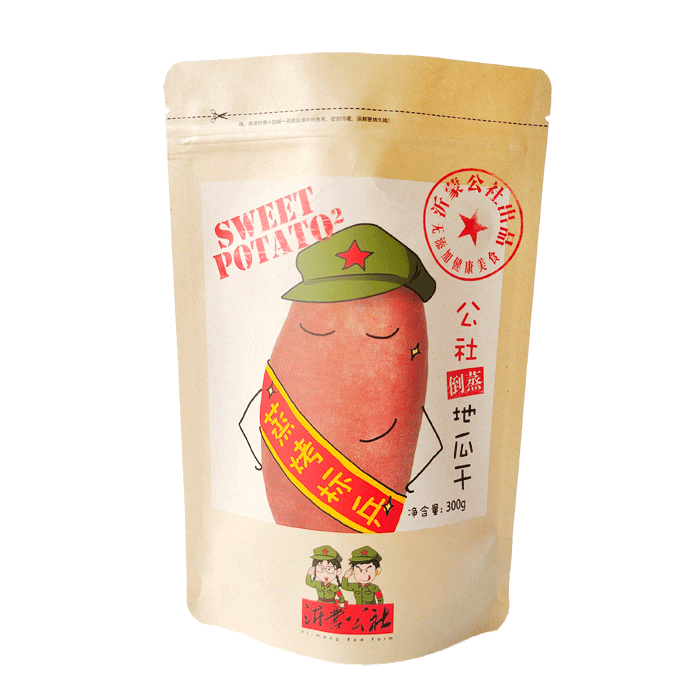
Choosing the right pouch isn’t just about looks; it’s a strategic decision. Here’s a breakdown of the factors my clients, like Miriam from the US or procurement managers in Europe, consider when working with us at Guoshengli Packaging:
Product Protection Needs: This is paramount.
- What barrier level is required? Does your product need protection from oxygen (e.g., nuts, coffee, jerky to prevent spoilage/staleness)? Moisture (e.g., powders, crisps, grains to prevent clumping/sogginess)? Light (e.g., products with fats, oils, certain vitamins)? Aroma (e.g., coffee, tea, cannabis)? We determine the right material combination (like PET/AL/PE or BOPP/VMPET/PE) based on these needs.
- What’s the desired shelf life? Higher barrier materials generally lead to longer shelf life but might increase cost.
- Physical protection: Does it need puncture resistance (e.g., pet food with bones) or strength for heavier weights?
Brand Identity & Marketing Appeal: How should the package represent your brand?
- Visuals: High-quality printing is key. Our 10-color rotogravure printing allows for vibrant, complex designs. Do you want a glossy or matte finish? Or a combination?
- Shape & Style: Does a stand-up pouch offer the best shelf presence? Or does a flat bottom pouch convey a more premium image?
- Features: Will features like resealable zippers, tear notches for easy opening, hang holes for retail display, or clear windows to see the product enhance consumer experience and appeal to your target market (like health-conscious consumers wanting to see granola)?
Operational & Functional Considerations: How will the pouch work in practice?
- Filling Process: Are you filling by hand or using automated machinery? The pouch style and opening must be compatible with your equipment.
- Size & Volume: Ensure the pouch dimensions correctly hold your product volume with appropriate headspace.
- Logistics: Consider how the pouches pack into cartons and ship. Does the shape optimize pallet space?
Budget: What’s your target cost per package? Material choices, pouch complexity, features, and print colors all influence the final price. We work with clients to find the best balance between performance, features, and cost-effectiveness.
Sustainability Goals: Is environmental impact a priority for your brand or required by your market (like in many parts of Europe)? We offer 100% recyclable mono-material options (like PE/PE laminates) and can discuss other sustainable materials compliant with FDA and EU standards.
I often walk clients through these points. For instance, a premium snack brand owner recently needed packaging. We discussed their crisp product (needs moisture barrier), their desire for a high-end look (chose matte finish flat bottom pouch), the need for resealability (added a press-to-close zipper), and their commitment to sustainability (explored recyclable options). Balancing these factors led us to the perfect solution.
How many different types of flexible pouches are commonly used?
Feeling lost trying to navigate the sea of different pouch styles available? Not knowing the distinct types limits your packaging potential and might mean missing out on features that could benefit your product and customers. Discover the most common and versatile pouch types we manufacture.
There are numerous pouch types, but the most common include stand-up pouches, flat bottom pouches (also called box pouches), pillow pouches, side gusset pouches, flat pouches (like 3-side seal), and spouted pouches. Each offers different benefits for presentation, function, and product fit.
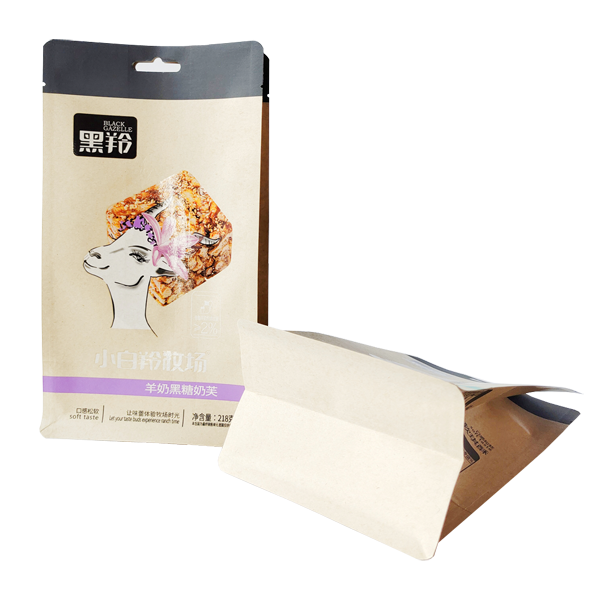
While we can create custom shapes, most flexible packaging needs fall into several popular categories. Understanding these main types helps narrow down your options:
- Stand-Up Pouches (SUP): These are incredibly popular for good reason.
- Description: They have a gusset at the bottom that allows them to stand upright on shelves, offering excellent visibility.
- Features: Large printable area on front and back. Can easily incorporate zippers, tear notches, hang holes.
- Common Uses: Snacks (chips, nuts, candy), coffee, tea, granola, pet treats, powders, dried fruit. A real all-rounder.
- Flat Bottom Pouches (Box Pouches / Block Bottom Bags): Offer a premium look and excellent stability.
- Description: They have a completely flat bottom and typically four corner seals or side gussets, resembling a box or bag. They stand very stably.
- Features: Five distinct panels for branding (front, back, bottom, two sides). Often perceived as high-end. Great shelf presence. Can include zippers, etc.
- Common Uses: Premium coffee, tea, pet food, snacks, confectionery, grains. Excellent for products requiring stability and a sophisticated look.
- Pillow Pouches: One of the simplest and most economical pouch types.
- Description: Formed from a single piece of film sealed at the back (fin or lap seal), top, and bottom. Lays flat.
- Features: Cost-effective, fast production speeds. Often used with vertical form-fill-seal (VFFS) machines.
- Common Uses: Chips, small snacks, single-serving items, hardware. Less shelf impact than standing pouches.
- Side Gusset Pouches: Offer significant volume in a relatively compact format.
- Description: Have gussets folded inward on both sides, allowing the pouch to expand when filled. Sealed at top and bottom. Can have a fin seal down the back or quad seals (seals on the four corners).
- Features: Hold more volume for their size compared to pillow pouches. Common in coffee and tea industries. Can be fitted with tin ties or resealable tape.
- Common Uses: Coffee beans/grounds, tea leaves, powders, grains, pet food.
- Flat Pouches (3-Side Seal / 4-Side Seal): Simple pouches sealed on three or four sides.
- Description: No gussets, lay flat. 3-side seal leaves one side open for filling; 4-side seal is sealed on all edges (often used for retort).
- Features: Economical, good for small quantities or single servings, sample packs.
- Common Uses: Jerky, cheese slices, spices, medical devices, test kits, sauce packets, wet wipes.
- Spouted Pouches: Designed for liquids, gels, and purees.
- Description: Typically a stand-up or flat pouch with a plastic spout and cap fitted (usually in a corner or top center).
- Features: Easy dispensing, portion control, resealability via cap. Great for on-the-go consumption.
- Common Uses: Baby food, sauces, soups, beverages, cleaning products, condiments, yogurt.
At Guoshengli Packaging, we produce all these common types and can customize features based on your specific requirements.
Which pouch type is best for different food products?
Unsure which pouch style will best showcase your specific food product and meet its needs? Choosing a pouch type that doesn’t fit the product can hinder usability for the consumer and reduce its appeal on the shelf. Let’s match popular food product categories with their ideal pouch types.
Match pouch types to products effectively: Stand-up pouches are great for snacks and coffee. Flat bottom pouches suit premium goods like gourmet coffee or pet food. Side gussets work well for bulk coffee/tea. Flat pouches fit single servings or flat items. Spouted pouches are ideal for liquids.
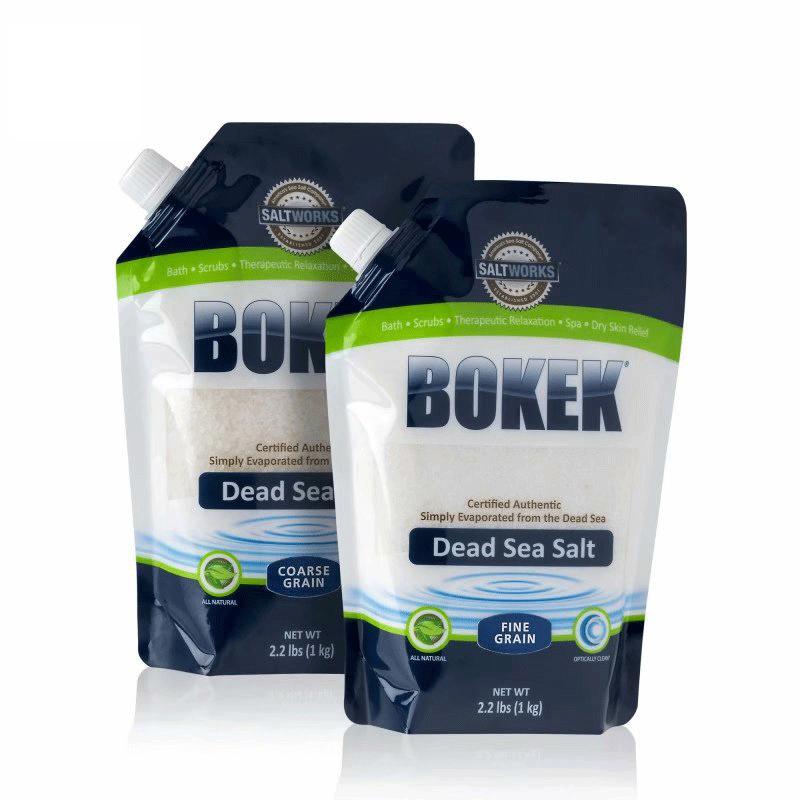
While the “best” pouch depends on all the factors we discussed earlier (barrier, brand, budget, etc.), certain pouch styles naturally lend themselves to specific product types. Here’s a practical guide based on what my clients typically choose:
- Coffee (Beans & Grounds):
- Common Choices: Side Gusset Pouches, Stand-Up Pouches, Flat Bottom Pouches.
- Why: Need excellent oxygen and moisture barrier (often foil or metallized layer). Degassing valves are essential for fresh roasted beans to release CO2 without letting oxygen in. Flat bottom pouches offer a premium look for specialty coffee. Side gussets are traditional and efficient for larger volumes (1kg+). Stand-up pouches provide good shelf presence for retail sizes.
- Snacks (Chips, Nuts, Pretzels, Dried Fruit):
- Common Choices: Stand-Up Pouches, Pillow Pouches.
- Why: Stand-up pouches offer great branding, shelf visibility, and resealability (zippers are highly valued by consumers). Barrier needs vary – chips need excellent moisture barrier, nuts need oxygen barrier. Pillow pouches are economical, especially for single-serving bags often filled on VFFS lines. Windows are popular for showing the product.
- Pet Food & Treats:
- Common Choices: Stand-Up Pouches, Flat Bottom Pouches, Side Gusset Pouches (for large bags).
- Why: Need durability and puncture resistance, especially for larger bags or treats with sharp edges. Good moisture and oxygen barrier required to maintain freshness. Resealable zippers are almost mandatory for multi-use bags. Flat bottom pouches provide excellent stability for heavier bags (5kg+) and a premium image for gourmet brands.
- Powders (Protein, Flour, Spices, Drink Mixes):
- Common Choices: Stand-Up Pouches, Side Gusset Pouches.
- Why: Require excellent moisture barrier to prevent clumping. Easy access for scooping is important. Stand-up pouches work well for retail sizes, offering stability and resealability. Side gussets can be efficient for bulkier items.
- Liquids & Purees (Sauces, Baby Food, Juice, Soup):
- Common Choices: Spouted Pouches.
- Why: Spouts offer unparalleled convenience for dispensing and resealing. Material structure must be robust enough to hold liquid and potentially withstand hot-fill or retort processes if needed. Child-safe caps are important for baby food.
- Cannabis Products (Flower, Edibles):
- Common Choices: Stand-Up Pouches, Flat Pouches (often Mylar-type).
- Why: Strict regulations often require opaque materials, certified child-resistant closures (special zippers), and excellent odor barrier properties. Pouches offer discreet and compliant packaging solutions.
Remember, features enhance functionality. A zipper on a snack bag, a tear notch for easy opening, a clear window on a granola pouch, or a hang hole for pegboard display can significantly improve the user experience and align with how your product is sold and used. We can integrate these features into most pouch types.
Conclusion
Choosing the right food pouch involves matching the material structure, pouch style, and features to your specific product, brand image, and budget. Consider protection, presentation, and practical function for the best results.
[email protected]
Guoshengli Packaging
Your partner for custom flexible packaging solutions from China.
Understanding the impact of packaging on shelf life is crucial for maintaining product quality and customer satisfaction. ↩
Explore this link to discover various food packaging pouch types that can enhance your product’s shelf life and branding. ↩
Learn about barrier properties to ensure your food products are protected from external factors, enhancing their longevity and safety. ↩

